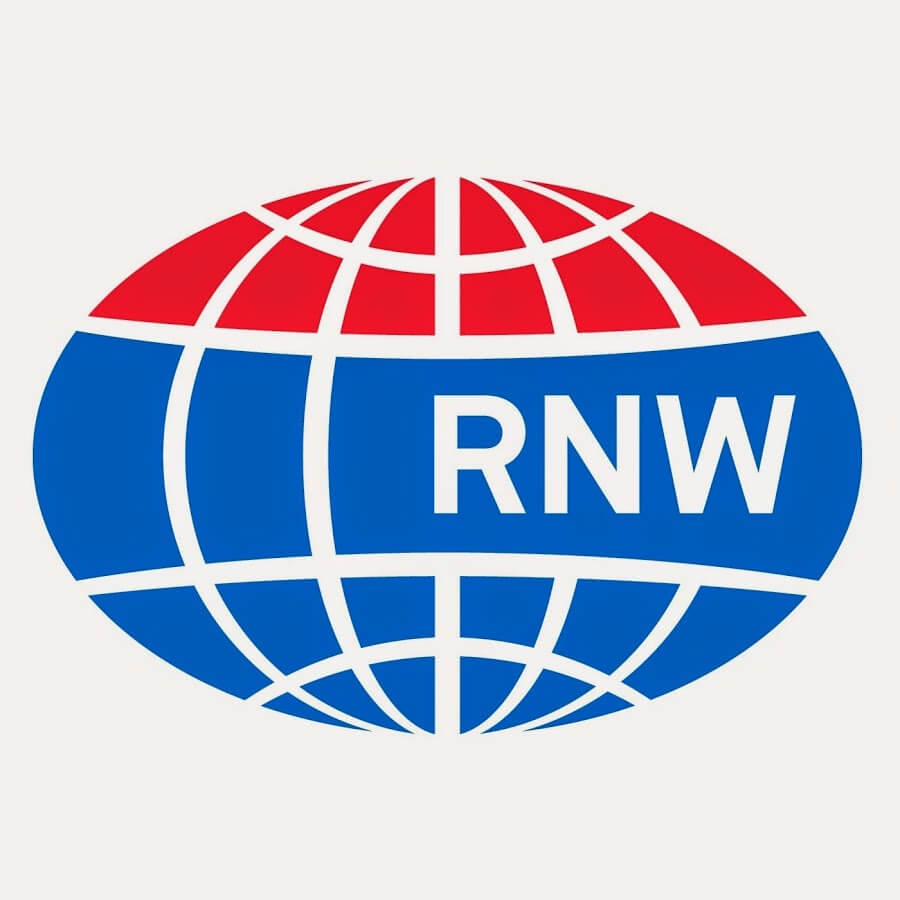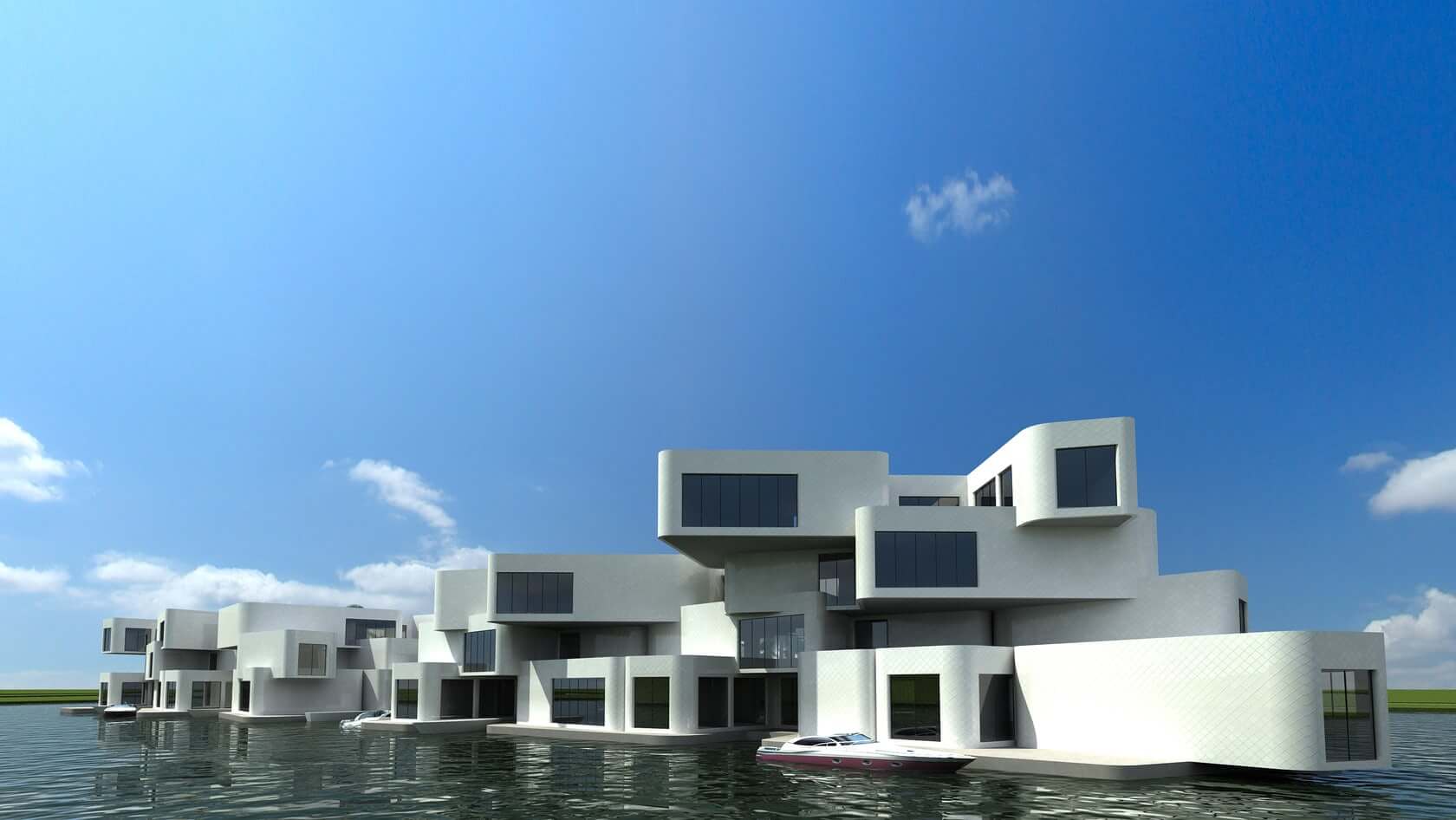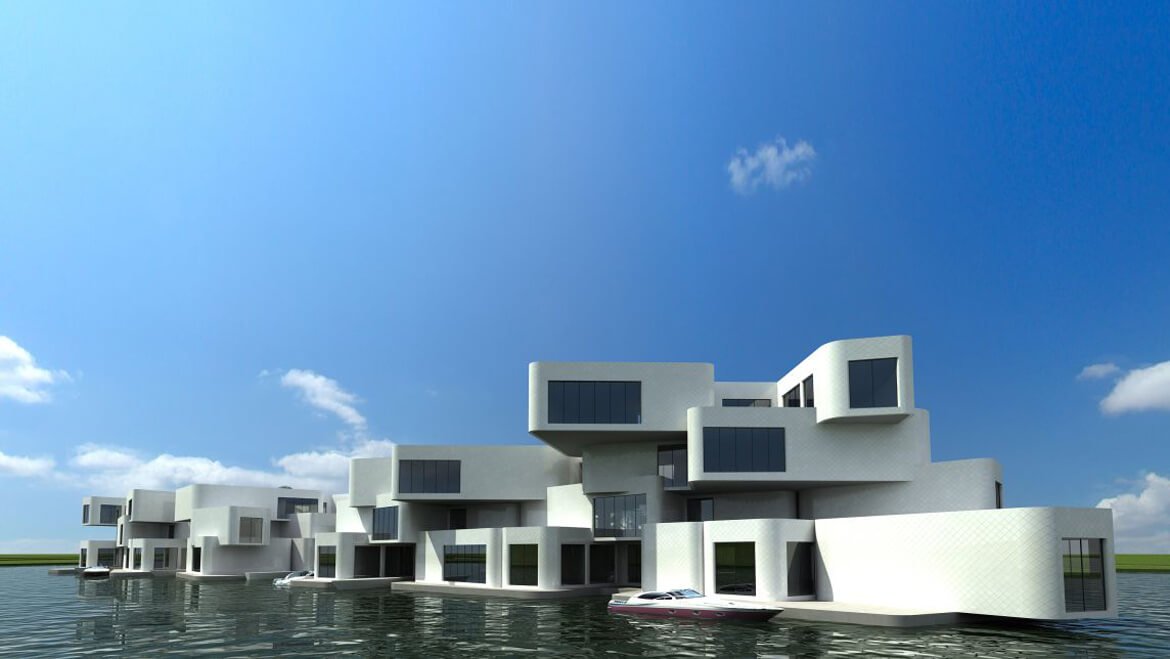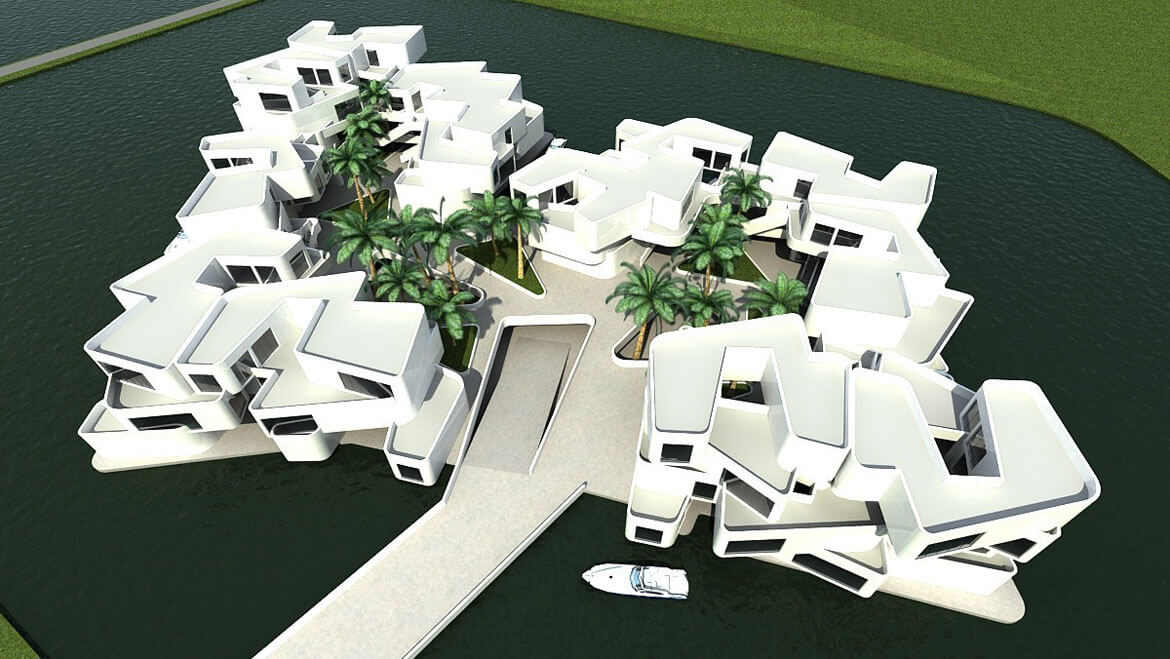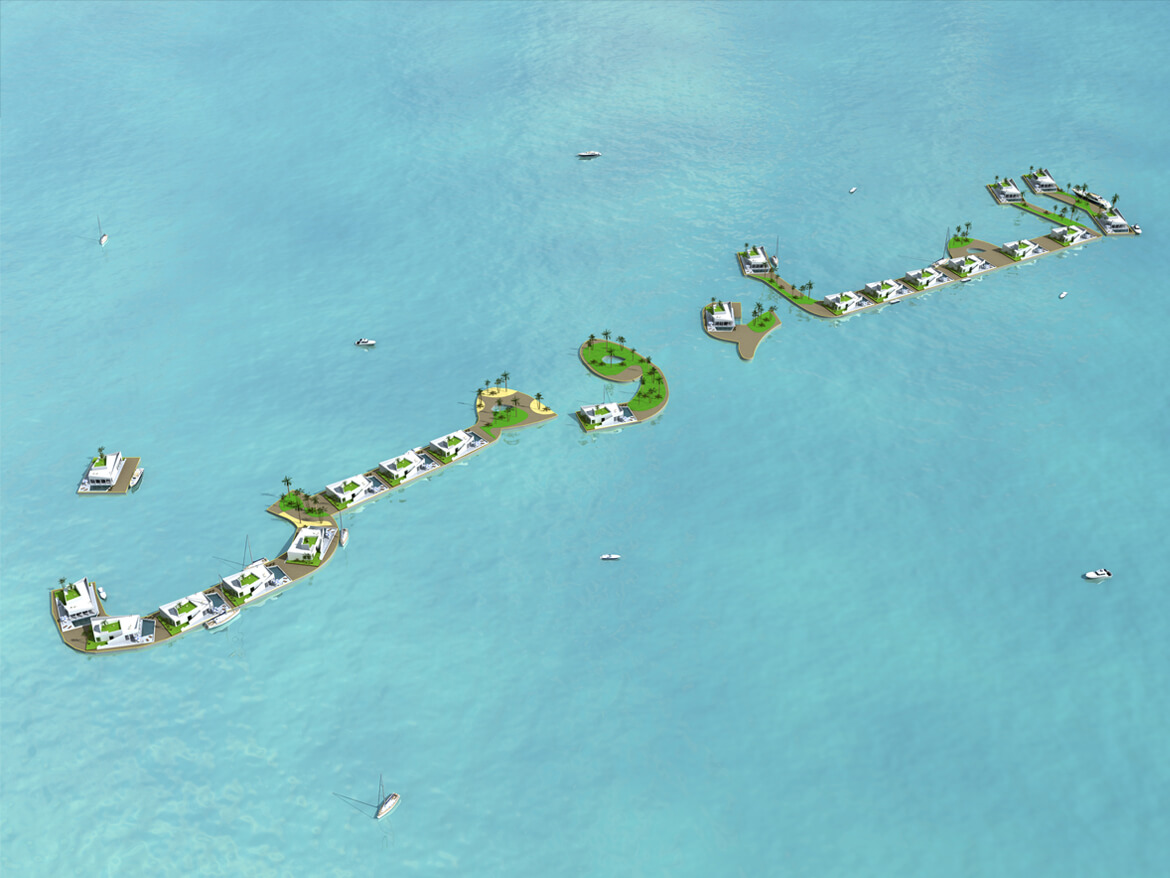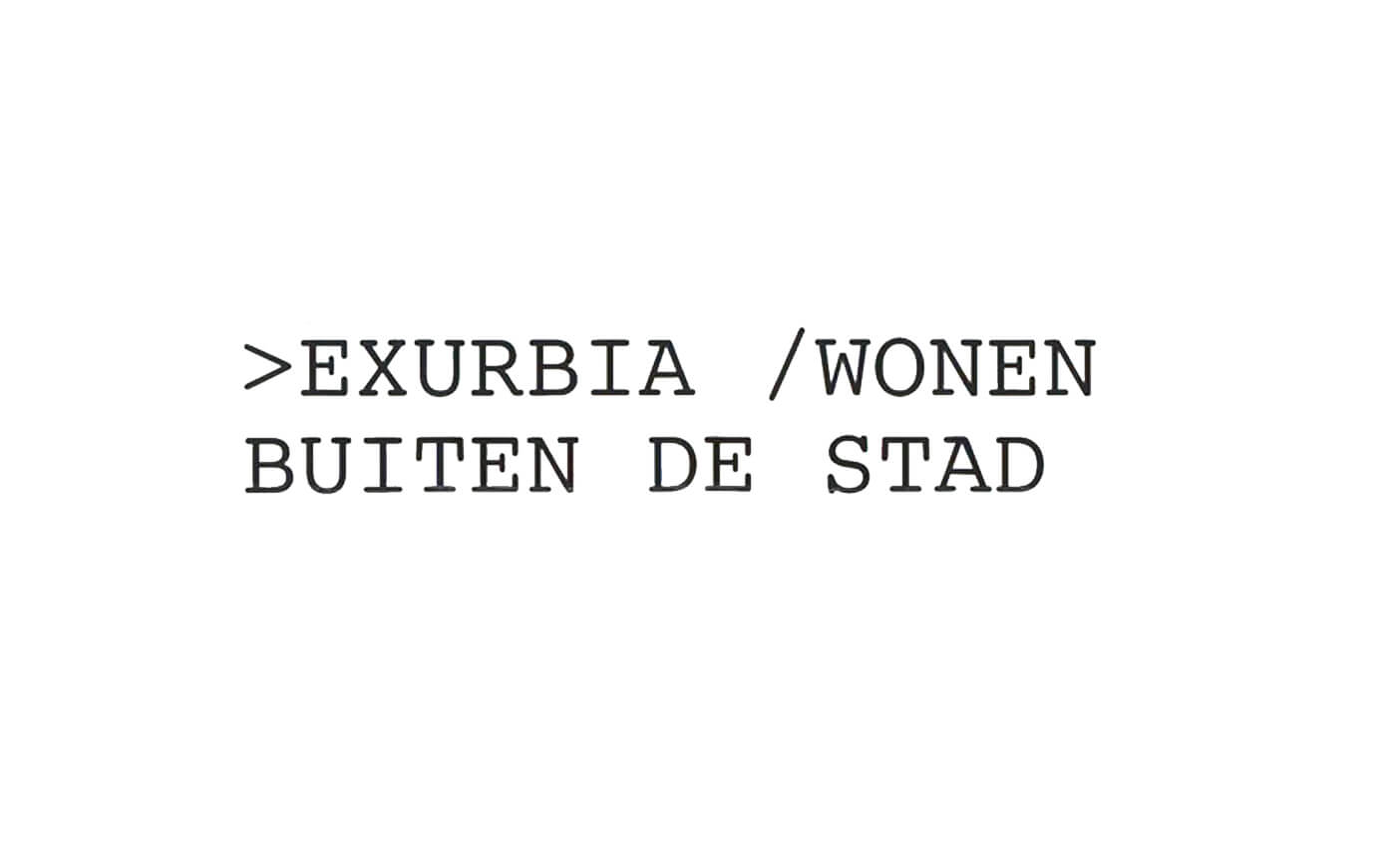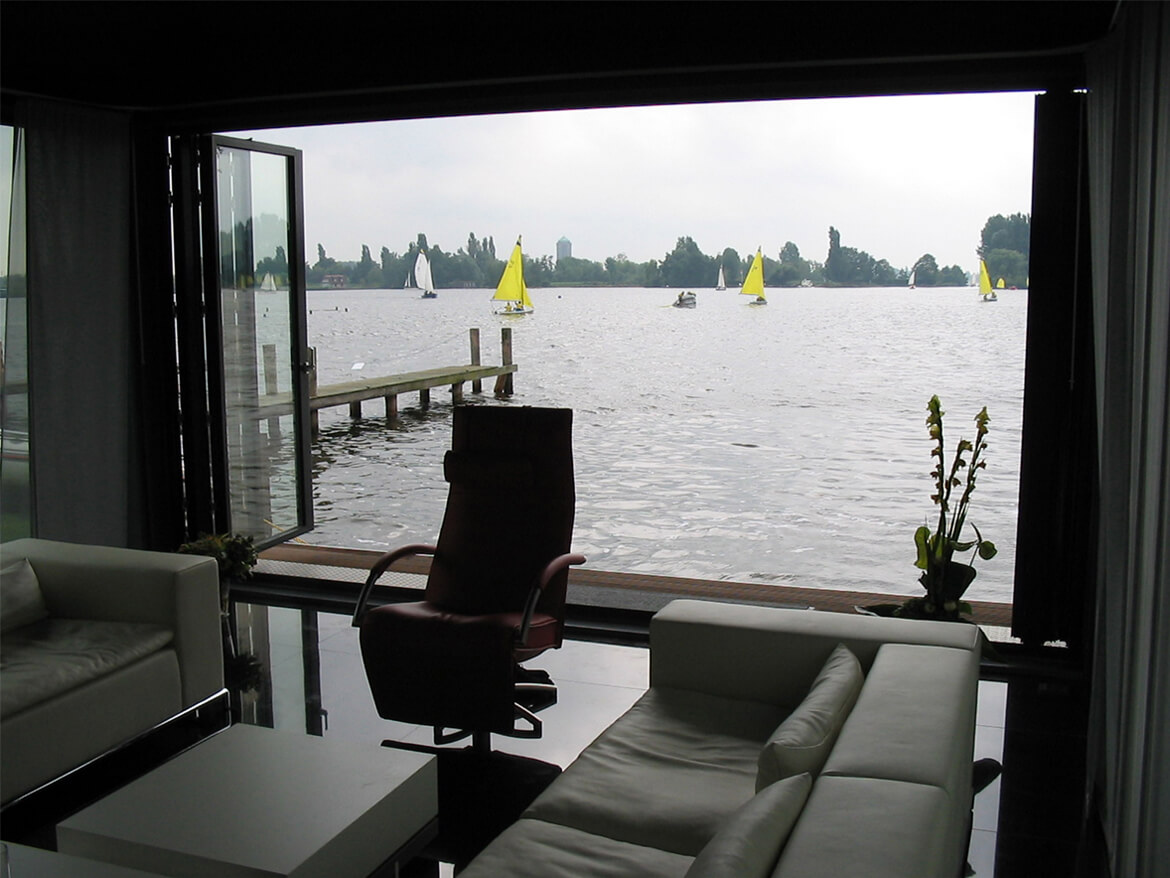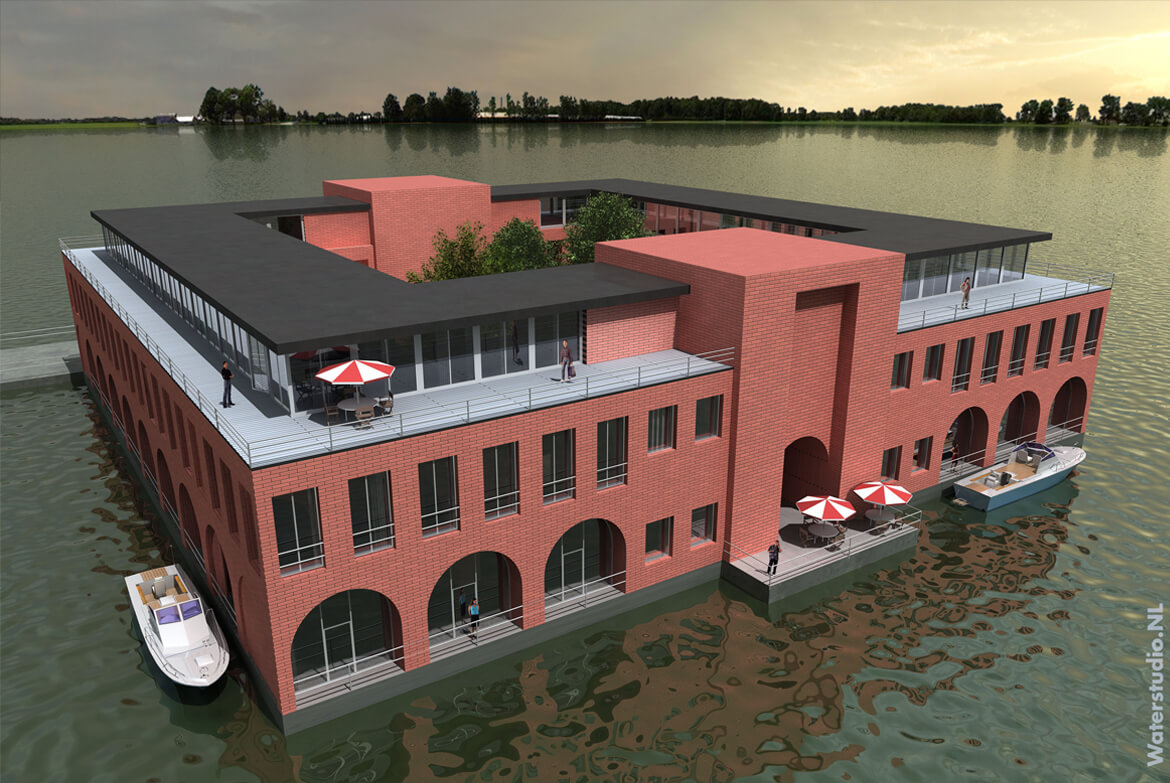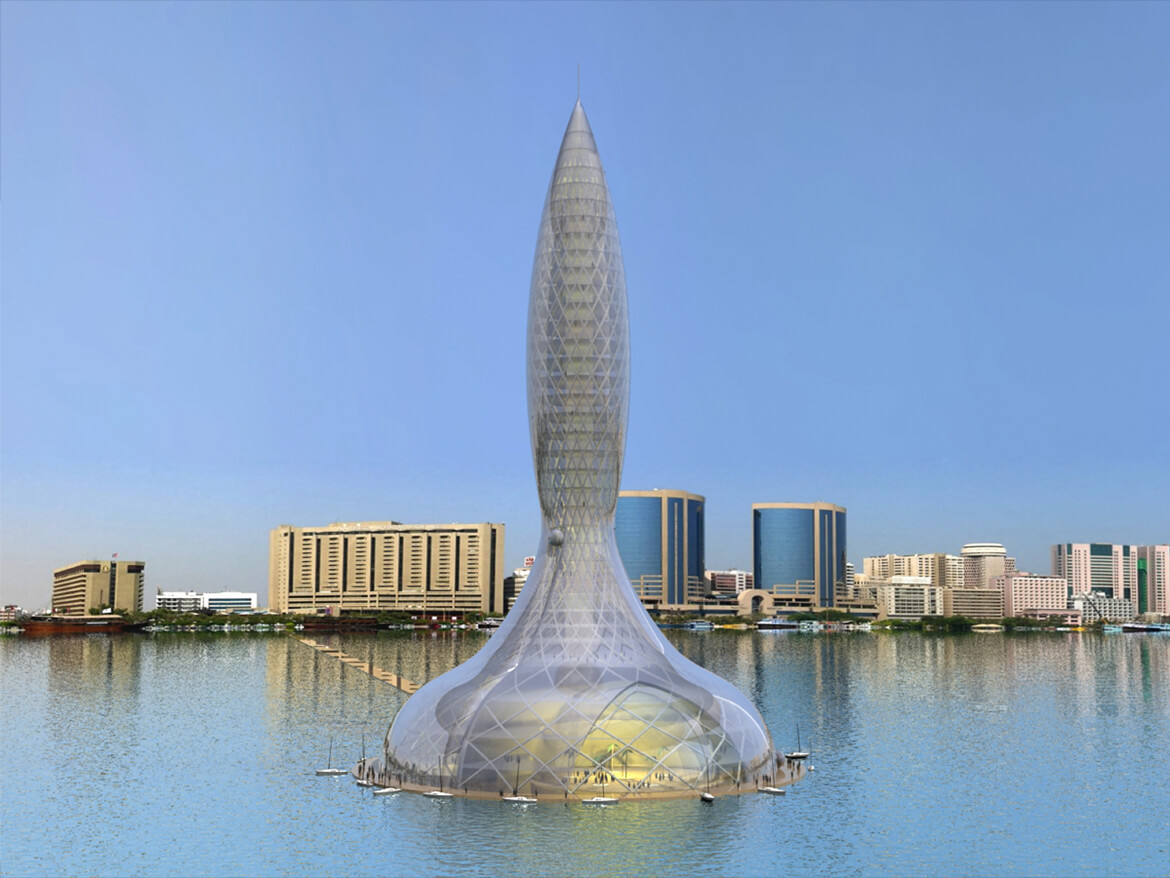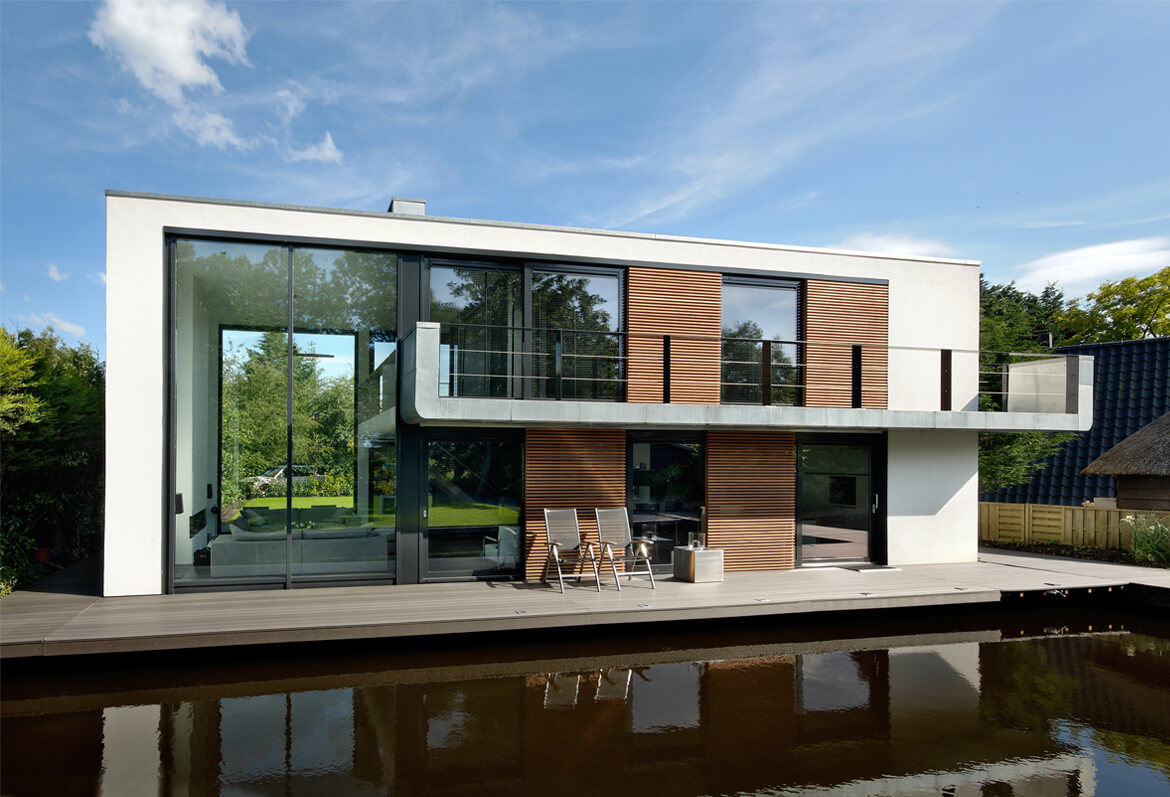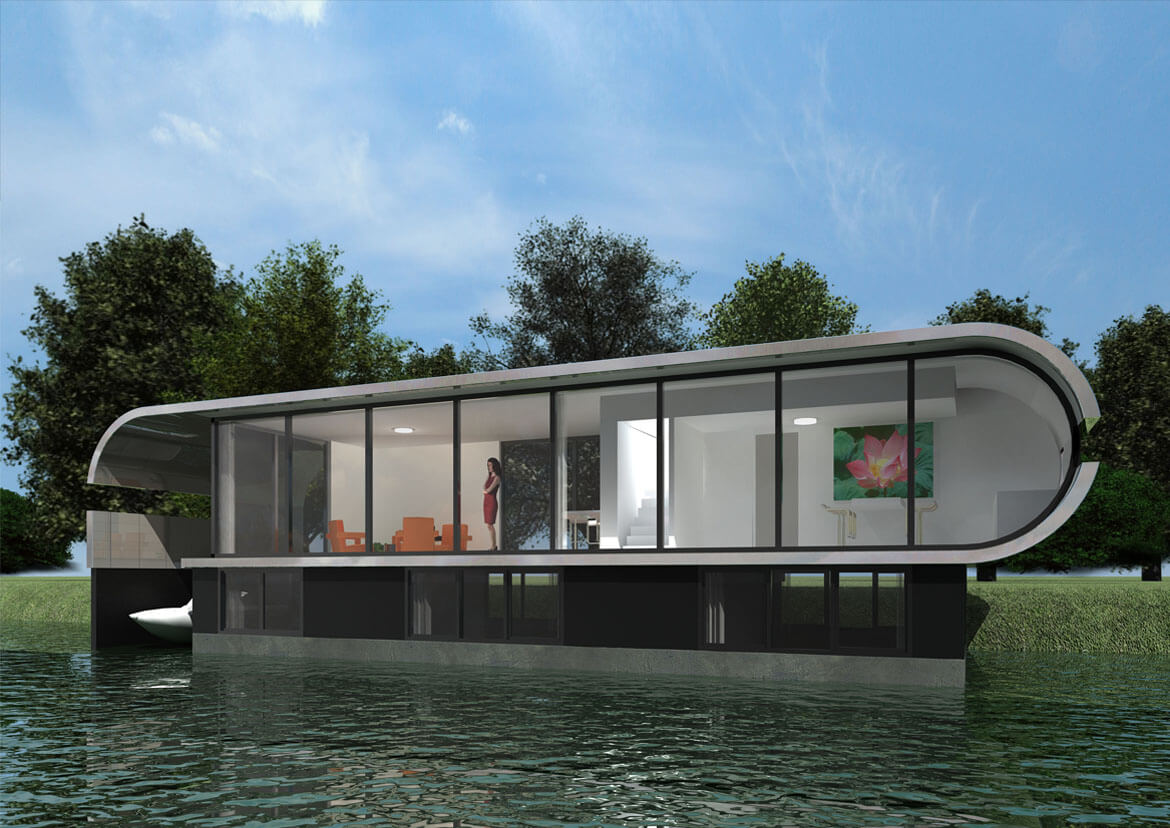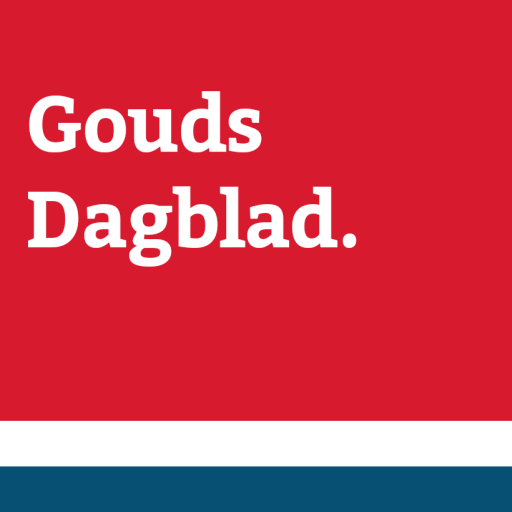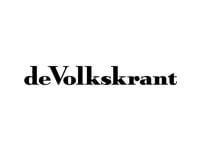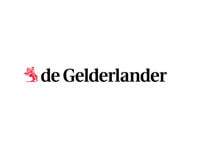Nog maar mondjesmaat wint de waterwoning (een drijvende woning of een woning op palen) aan populariteit, ook nu berging van water in Nederland een steeds groter probleem wordt en de ruimte om te bouwen schaarser. Dat een land dat wereldwijde faam geniet in de strijd tegen het water niet voorop loopt in het bouwen met het water, is vooral projectontwikkelaars aan te rekenen.Dat vindt althans Chris Zevenbergen van Dura Vermeer, een van de weinige bouwconcerns die wel serieus werkt aan innovaties op het gebied van bouwen met water. Meervoudig ruimtegebruik (wonen op water) komt onafwendbaar op ons af, weet Zevenbergen. ‘We zijn hier altijd gewend geweest land droog te pompen. We zullen straks zeker toe moeten naar woonwijken waar water niet alleen wordt vastgehouden maar ook nog eens gecontroleerd kan worden ingelaten.’Dura Vermeer ontwikkelde in de Maas bij Maasbommel 46 ‘amfibische’ woningen, woningen die meebewegen met het stijgende water. Dat project geldt als het voorbeeld van hoe het bieden van meer ruimte aan water gecombineerd kan worden met het bouwen van woningen. Ook is dit bedrijf verantwoordelijk voor de eerste drijvende kas, in Naaldwijk.Die twee initiatieven zijn nog maar de opmaat tot veel grotere projecten waarbij Dura Vermeer de berging en het beheer van water wil combineren met bouwen. Zevenbergen: ‘Het gaat ons veel meer om het ontwikkelen van nieuwe, bouwkundige concepten. De stedenbouw zal zijn dominante rol moeten gaan delen met water. In laaggelegen, dichtbevolkte gebieden als onze Deltametropool is een innovatieve manier van bouwen noodzakelijk.’Zeespiegelstijging, bodemverzakking, extreme regenval en meer aanvoer van rivierwater, klimatologen zijn het er over eens dat het watervraagstuk de komende decennia steeds meer aandacht gaat vragen. Tegelijkertijd blijft de druk op de ruimte in de Deltametropool (monding Rijn en Maas, onder de zeespiegel gelegen, vijf miljoen inwoners) toenemen. De verstening leidt nu al vaak tot overlast: na hoosbuien staan in het Westland de woningen blank, de bodem kan al dat water niet meer verwerken.Volgens Zevenbergen hebben de overheden oog voor de waterproblematiek. Hij wijst op het feit dat het een belangrijk onderwerp is voor het Innovatie Platform van het rijk, dat veel gemeenten bij bouwplannen ruimte maken voor waterberging en dat er bij de rivieren mag worden geëxperimenteerd met buitendijks bouwen. Minder enthousiast is hij over de inspanningen van ontwikkelaars: ‘Die zijn nog veel te weinig bezig met waterbestendig bouwen.’Bouwen met het water moet een soort nieuw Deltawerk van Nederland worden, vindt Zevenbergen. Hij wijst op een polder in de Haarlemmermeer waar minstens vijftienduizend woningen moeten worden gebouwd en die tevens is aangewezen als locatie voor waterberging. ‘Woningen op palen, drijvende woningen, bij zo’n opgave ben je verplicht om naar creatieve oplossingen te zoeken.’Dat geldt ook voor het plan-Westergouwe, een bouwplan van de gemeente Gouda in een van de diepstgelegen polders van Nederland. De kritiek dat het onzinnig is op zo’n risicovolle plaats te bouwen, deelt Zevenbergen niet. Het plan om in Westergouwe een hele drijvende wijk te bouwen getuigt juist van een innovatieve aanpak.Dat water als bouwgrond de toekomst heeft is de vaste overtuiging van Koen Olthuis, architect van Waterstudio.nl. Hij ontwerpt louter en alleen waterwoningen, waarvan er volgend jaar vier in de Leidse wijk Roombeek worden gerealiseerd. Hoewel veel van zijn ontwerpen vooral als vingeroefeningen moeten worden gezien (van een drijvend restaurant voor de kust voor IJmuiden tot futurologisch ogende hoogbouw in Dubai) weet Olthuis zeker dat hij de juiste markt heeft aangeboord.‘Met de ruimtenood in Nederland zal het toch meer en meer aankomen op meervoudig ruimtegebruik. Hoe kun je water verder nog economisch benutten? Daar zal het in de toekomst over gaan. Technisch is er geen enkel beletsel om te bouwen op water.’Dat de waterwoning niet altijd de toekomst heeft, bewijst de ervaring van het bouwbedrijf Ooms dat in Leeuwarden een aantal waterwoningen neerzette. De belangstelling viel tegen, mede omdat de woningen aan steigers lagen en de auto een eindje weg moest worden geparkeerd.Dat soort problemen voorzien de initiatiefnemers van de Waterbuurt West op het Amsterdamse IJburg niet. Daar wordt volgend jaar zomer begonnen met de bouw van een drijvende buurt. De paalwoningen moeten in 2007 klaar zijn, de drijvende huizen het jaar daarop.
Could floating shipping containers help sort out the world’s slums?
By Barbara Speed
Written by Citymetric
August.14.2014
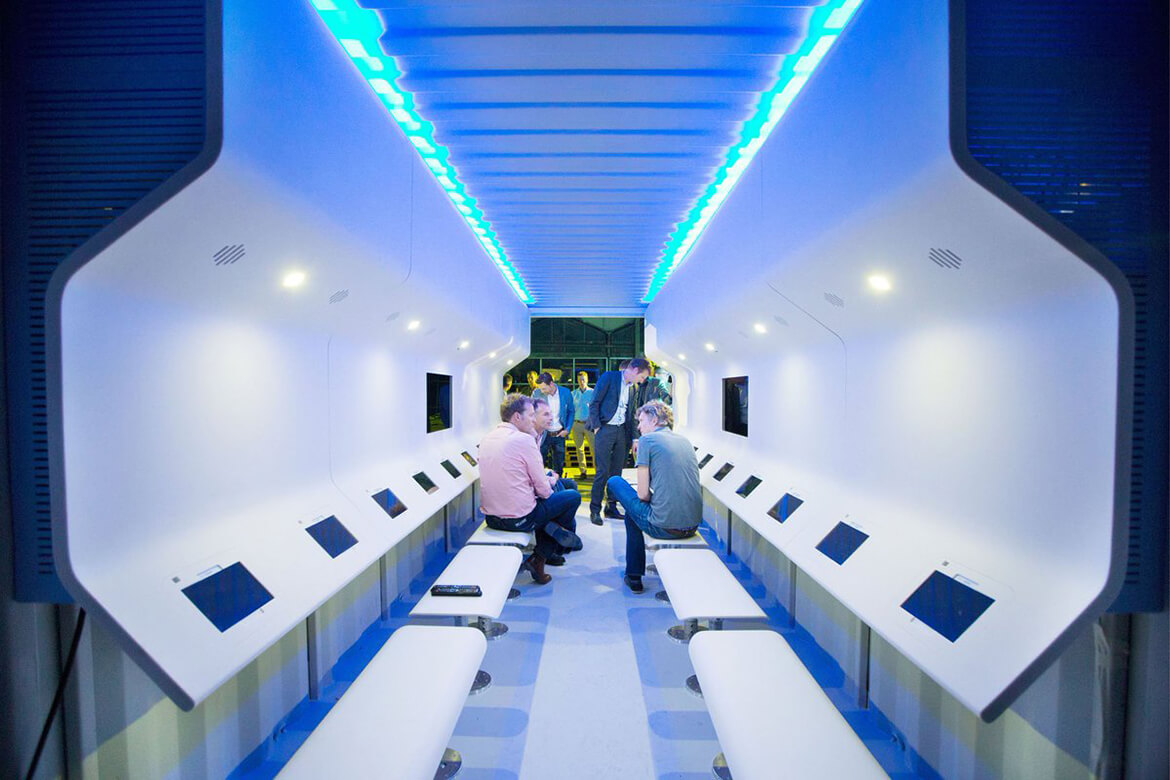
“What if a city was as flexible as a shuffle puzzle?” Koen Olthuis asked in his 2012 TEDx talk. He was referring to those games in which you move squares around until you make a picture. At the time, his audience probably didn’t realise he was serious.
But using moveable little boxes to meet a city’s needs were exactly what Olthuis was proposing. His talk was on the subject of the “Floating City Apps” developed by his architectural firm, the Netherlands-based Waterstudio. (You may remember them from their plans for a floating golf course in the Maldives. Or maybe you saw their designs for a snowflake-shaped hotel off the coast of Norway.)
These mobile buildings would float on bodies of water at the edges of cities. They could also be moved around according to a city’s needs, and could fulfil a range of different functions. Some would be educational, with internet access and computers; others could act as bakeries, housing, healthcare centres, or floating mats of solar panels.
In June, the first piece of Olthuis’ shuffle puzzle was completed: an educational suite which will double up as an internet cafe in the evenings, all powered by solar panels on its roof. It’s been built inside a shipping container, to makes it easy to transport; a base constructed from thousands of plastic bottles collected by slum residents will be added once it reaches its destination.
It’s due to be shipped out to a slum in Manila in the autumn. Here’s the architect’s mock-up of the city app in situ.
Olthuis’ interest in water-based construction was inspired partly by his home country: around half the Netherlands lies below sea level, and massive amounts of water are pumped away daily to keep the country high and dry. But it’s not the low countries that could benefit most from this kind of architecture: it’s the rapidly growing and slum-packed cities of the developing world, and wet slums – those edging onto bodies of water, and so at risk of rising sea levels – were forefront in Olthuis’ mind when he came up with the idea:
“They’re some of the hardest areas to help, because they’re so close to the water,” he says. “People are unwilling to invest in development that could flood, or just wash away.” His hope is that these City Apps could help change that: the units they would rise with sea levels if an area floods, and could be moved elsewhere if necessary. This first app was funded by the prize money from the 2012 Architecture and Sea Level Rise Award, the studio and other sponsors; in future, the studio is hoping to build them then lease them out to NGOs and development agencies for a low monthly cost.
There’s a case for helping the world’s 1.1bn slum dwellers to more permanent settlements, rather than just improving the slums, of course. But in Olthuis’ view, “slums aren’t going to go away, so the only thing we can do is upgrade their prosperity”. There are a few creases to iron out first, though – at the moment, the studio may have to pay tax on transporting the Manila app, and are meeting with embassies to try and avoid this “real waste of money”.
While the city app will be run by a local organisation once in Manila, Olthuis is keen to stay involved. “The most important thing is that we can measure the app’s effects, and check how it’s working.” He wants to build hundreds, even thousands, more apps for different purposes around the world: 90 per cent of the world’s largest cities border a body of water, whether it be river, lake, or sea, so the project’s applications could stretch far beyond wet slums. Because of their floating foundations, the apps are relatively stable, though they may not work so well in waters prone to violent waves.
For Olthuis, floating architecture offers a way to use the dead space off the coasts of cities. It also offers flexibility, as units can be moved to a different location, or even another city, as the needs of the surrounding area change – just as you can change the apps on your phone.

